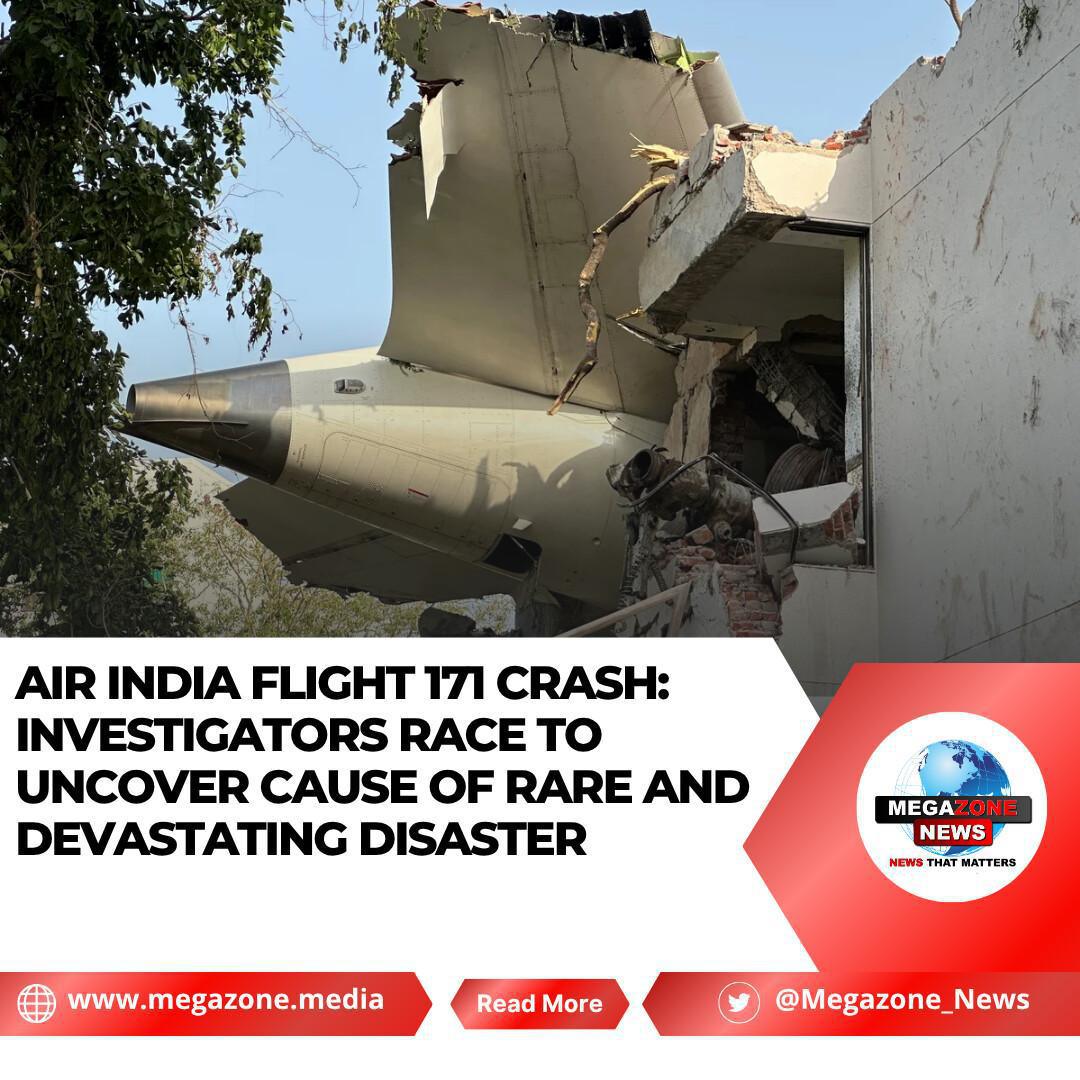Less than 40 seconds after takeoff, Air India Flight 171 plummeted into a crowded neighbourhood in Ahmedabad, Gujarat, marking one of the most baffling aviation tragedies in India’s recent history. The Boeing 787 Dreamliner, bound for London Gatwick, crashed shortly after departing at 13:39 local time on Thursday, killing scores and leaving a trail of destruction.
Investigators now face the urgent task of piecing together what went wrong during those fateful seconds, relying on flight data and cockpit voice recorders—commonly known as “black boxes”—which have already been recovered. As per international aviation regulations, a preliminary report must be released within 30 days, with a full report ideally issued within a year.
The aircraft, piloted by Captain Sumeet Sabharwal and co-pilot Clive Kundar, was carrying 242 passengers and nearly 100 tonnes of fuel. A mayday call was issued moments after liftoff—followed by silence, loss of altitude, and a fiery crash.
Experts, including former Indian Aircraft Accident Investigation Bureau (AAIB) investigator Captain Kishore Chinta, have labelled the crash as “the rarest of the rare”—a controlled flight into terrain just 30 seconds after takeoff. Possible causes under investigation include dual engine failure due to bird strikes or fuel contamination, improperly extended flaps, maintenance errors, or crew missteps.
Investigators will meticulously examine the engines, wiring, turbine blades, and maintenance logs, matching physical evidence with data from the aircraft’s enhanced airborne flight recorders. These recorders track hundreds of parameters per second, including flap positions, thrust settings, fuel flow, and pilot communications.
"If the engines were not producing thrust, attention will turn sharply to the cockpit," said Peter Goelz, former managing director of the U.S. National Transportation Safety Board (NTSB). He added that how the turbines fractured will reveal whether they were functioning at impact.
Of particular concern is the aircraft’s highly automated flight management system. If a malfunction is found in this system, the investigation could have global implications for Boeing’s 787 fleet, which includes more than 1,100 aircraft worldwide.
So far, India’s civil aviation ministry has stated that a recent inspection of 24 out of Air India’s 33 Dreamliners found no major safety concerns.
The AAIB-led investigation includes representatives from Air India, Boeing, engine manufacturer GE, the Indian Directorate General of Civil Aviation, and international counterparts from the UK and U.S.
In addition to technical data, investigators will assess the pilots’ training records, simulator performance, and maintenance history. Refuelling equipment has already been quarantined for inspection, and investigators will test fuel samples for contamination.
While understanding the exact sequence of events may come quickly, determining the root cause could take months. "The technology gives us many answers faster than ever before,” said Goelz, “but the 'why'—that still takes careful work."
The wreckage is expected to be transported to a secure facility for detailed analysis, though a full reconstruction may not be necessary depending on what the black boxes reveal.
This tragic event has already prompted deep scrutiny within the aviation community, and experts say early findings will be crucial not only for the families of those lost, but for global air safety at large.


